I’ve stated previously in these columns that I didn’t believe a second Scottish independence referendum would be held in 2023.
Since then, Cabinet Secretary Angus Robertson revealed that the SNP Government’s plan was for the vote to be held in October next year.
And last week, at Holyrood, First Minister Nicola Sturgeon set out not only her road map to the referendum, but the exact date – October 19.
So have I changed my mind on the likelihood of Indyref2 happening next year? No.
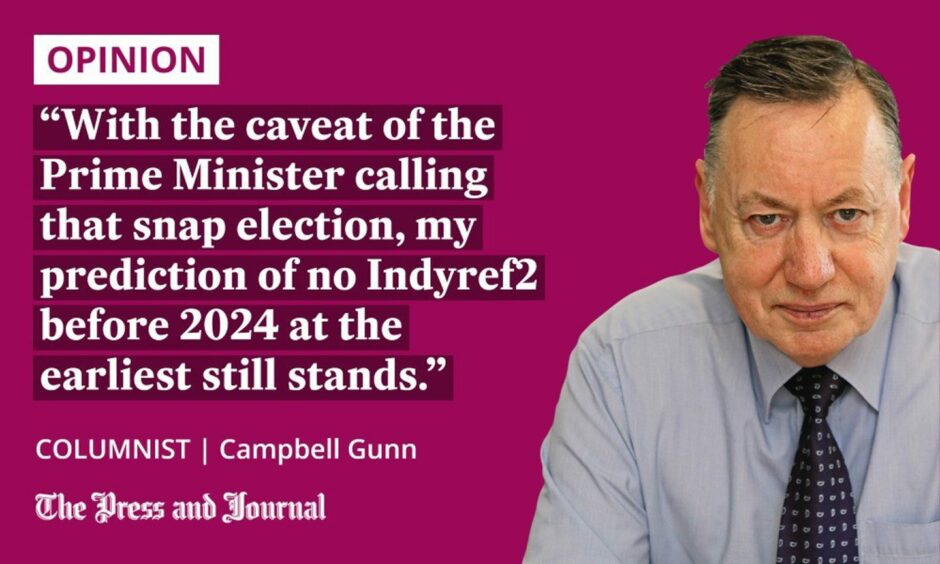
Is an IndyRef2 vote possible by 2023?
My reasoning is simply to go through the first minister’s proposed steps one by one.
First, there’s the application to Westminster for a Section 30 Order to the allow the power to hold such a vote to be transferred to the Scottish Parliament. Currently, that power is reserved under the Scotland Act to Westminster.
It was only under the Edinburgh Agreement, signed by David Cameron and Alex Salmond, that the previous vote in 2014 was allowed. Prime Minister Boris Johnson has already told us what his response will be to another such request: he will refuse it.
Then there’s the referral to the UK Supreme Court of the matter of whether the Scottish Parliament has the competence to pass an independence bill and hold a consultative referendum without the say-so of Westminster.
This decision by Nicola Sturgeon was simply short-circuiting a process which was inevitably going to happen in any case, either by the Westminster Government or individual opponents of a vote.
I’m no lawyer, but legal opinion appears united in the view that the Supreme Court will rule that the Scottish Parliament has no competence in this matter.
Scotland has not seen absolute majority of votes since 1955
Finally, there’s the threat of using the next general election due in two years’ time as a de facto referendum on Scottish independence, with the SNP and other independence-supporting parties campaigning on that single issue.
This resulted in some confusion as to whether a majority of seats for the SNP would be sufficient, or whether it would require a majority of the votes. That has now been clarified to the number of votes.
At this point it is worth remembering that no party has won an absolute majority of votes in Scotland since 1955, when the Conservatives did so.
At the last General Election, in 2019, the SNP won 45 per cent of the popular vote and the Greens won just one per cent, leaving the two independence supporting parties well short of a majority.
However, even using the next general election as a referendum on independence takes us beyond 2023, so my prediction of no vote next year would be unchanged.
Will Boris Johnson continue as Prime Minister?
There is though, one political move which could alter that, nothing to do with Section 30, the Supreme Court, or indeed Indyref2, but everything to do with Boris Johnson’s own position as Prime Minister.
Problems are piling up for the PM. He’s already survived one confidence vote from his own MPs, where a majority of his own backbenchers actually voted against his continued leadership. He’s been found guilty of breaking the law. He’s lost two by-elections. Allegations of sleaze in his party mount almost daily.
There are rumblings of discontent within Number Ten itself.
And we still have the prospect of the Westminster Privileges Committee investigation into whether the Prime Minister “misled Parliament” – in other words, lied – over the lockdown-breaching parties in Downing Street.
The Privileges Committee investigation into whether Boris Johnson lied to Parliament over Partygate has now begun. In the meantime you can make your own mind up here👇 pic.twitter.com/3qTxcRBURY
— Peter Stefanovic (@PeterStefanovi2) June 30, 2022
How would Boris Johnson react if it appeared that his own party might finally be about to ditch him? His one strength, and the reason the Conservatives gave him the job in the first place, was that they believed he was an election winner.
IndyRef won’t happen before 2024
What better way to demonstrate to his party that this is still the case, and at the same time save his own skin, than to prove it by calling a snap General Election? There are already rumours swirling in political circles that this may indeed be his final throw of the dice, with an October vote being touted as a real possibility.
Were that to happen, the SNP and the entire Scottish independence movement would find themselves in an awkward position. There’s little chance that the Supreme Court would have ruled by then.
A decision would have to be made on whether to stick with the declared plan and use the snap election as a referendum. Would the Scottish Government take that risk in a short, perhaps just six-week campaign?
The possibility of just such a scenario, though still unlikely, is real. Hopefully, senior people in the SNP will have already considered it and a game plan of some kind will be in place.
But with the caveat of the Prime Minister calling that snap election, my prediction of no Indyref2 before 2024 at the earliest still stands.
Campbell Gunn is a retired political editor who served as special adviser to two first ministers of Scotland, and a Munro compleatist
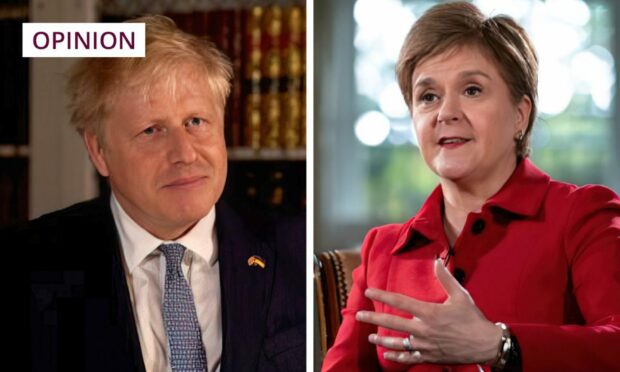
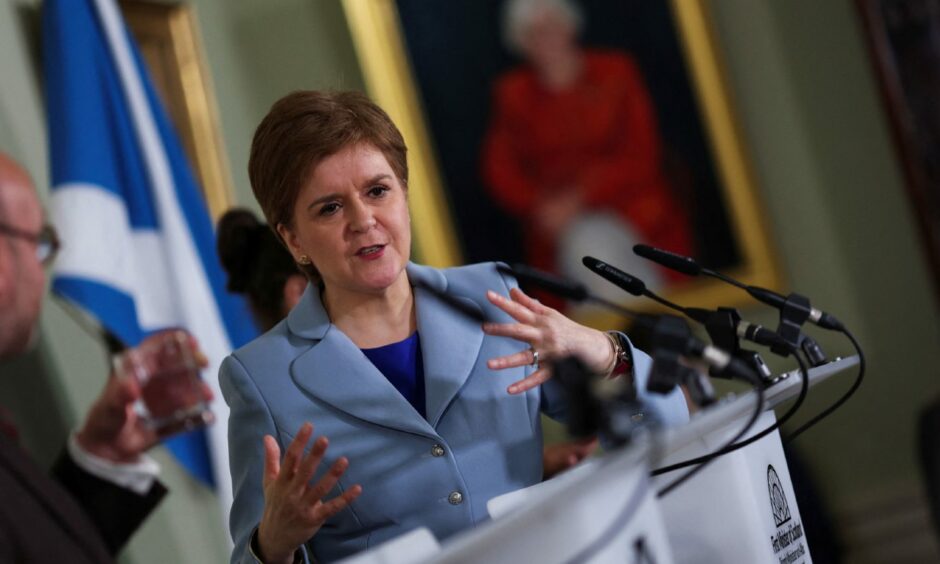
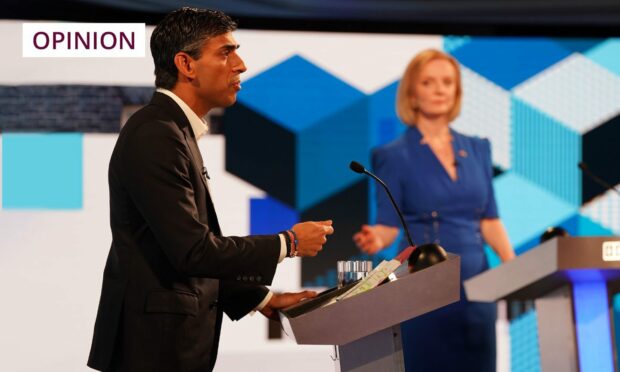
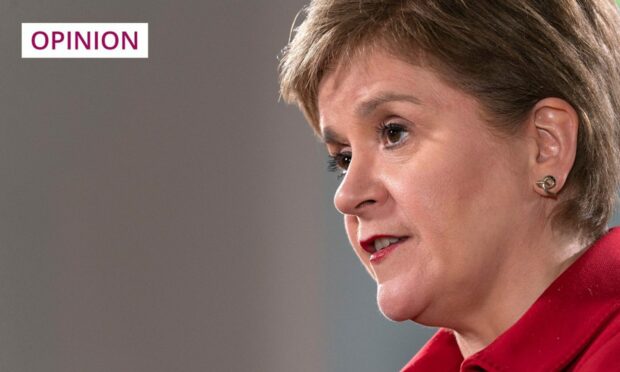
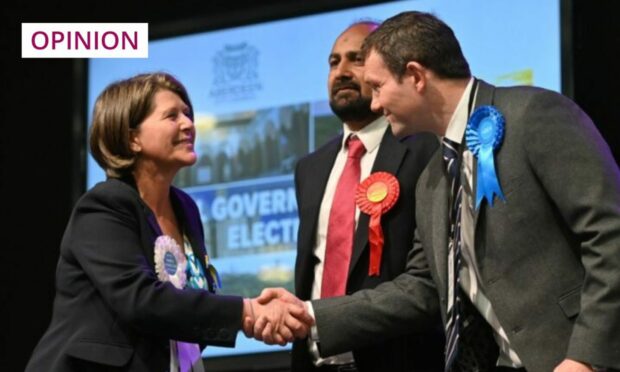
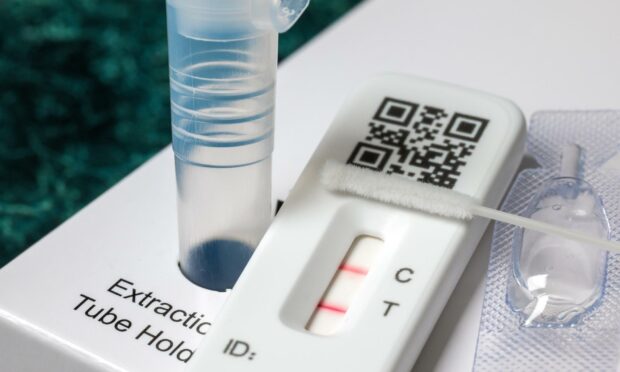

Conversation